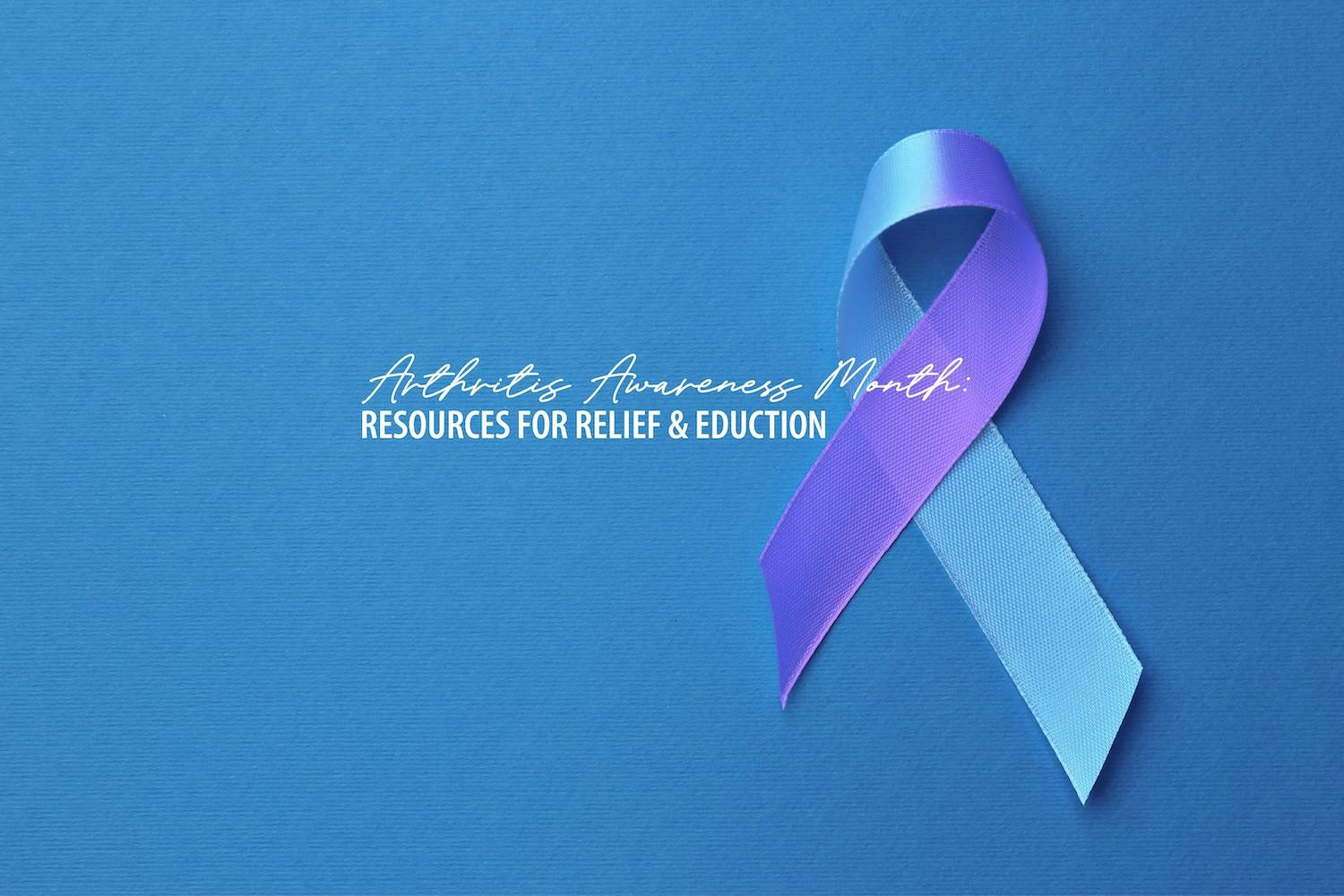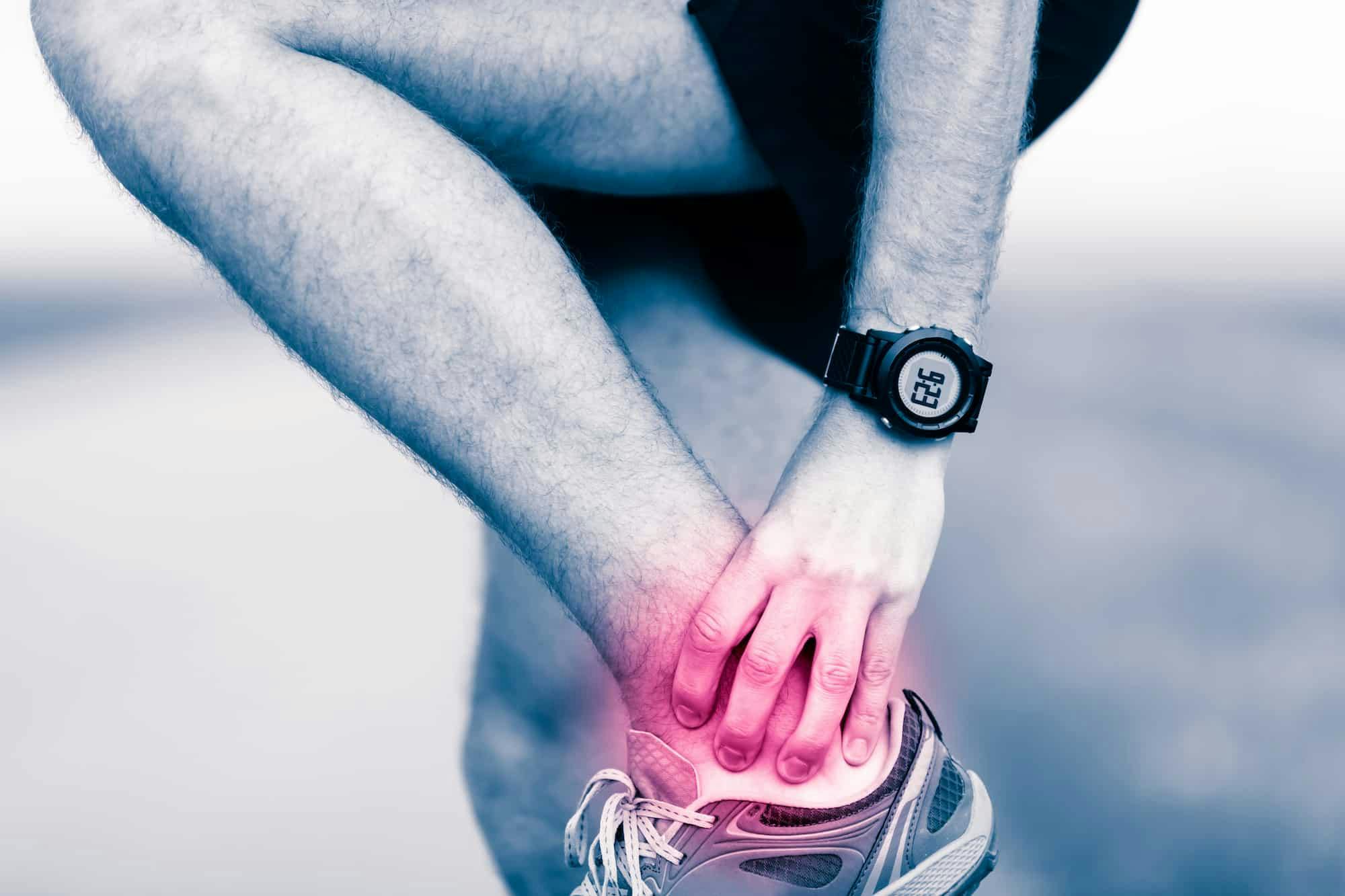- Blog
Diabetic Foot Health
Posted on 12-24-2025 in Foot/Ankle by Dr. Sonya Ahmed, Dr. Erik Nilssen

Posted on 12-24-2025 in Foot/Ankle by Dr. Sonya Ahmed, Dr. Erik Nilssen
Diabetes affects about 9% of the U.S. population, or about 30 million people and diabetic foot problems are one of the most significant related health concerns. As we step into November and recognize Diabetes Awareness Month, it's essential to acknowledge the role this chronic disease plays in the health of your feet, including the loss of nerve function, also known as diabetic neuropathy.
Most diabetic foot problems are caused by the disease's damage to small blood vessels, leading to two major issues. First, poor blood supply to nerves impairs foot sensation, making diabetics less likely to feel cuts or other injuries. Second, inadequate blood supply to the skin and feet makes healing difficult for wounds. Wounds that don't heal allow bacteria to enter the foot, leading to diabetic foot infections.
Issues related to diabetes can lead to foot ulcers, infections such as cellulitis (skin infections), osteomyelitis (bone infections) and pus collections (abscesses). One of the more critical foot problems that can result from diabetic neuropathy is Charcot arthropathy (also known as Charcot neuroarthropathy or, simply, Charcot foot). This condition is the result of undetected injuries to the bones of the foot, which can lead to significant deformity and disability.
While patients with Charcot foot typically do not experience much pain, they may experience other symptoms, including swelling of the foot, which can occur without an apparent injury and is typically the first sign. Redness and the foot being warm to the touch can also occur in the early stages. These changes are a normal inflammatory response often confused with an infection. However, if the skin is unbroken and a wound is not present, it is unlikely it's an infection. Another way to quickly determine if the symptoms are a result of Charcot or an infection is to elevate the foot for several minutes. In Charcot, the swelling, warmth and redness should improve. If the foot is infected, these symptoms will not improve.
If you notice swelling, redness, warmth or a wound on your feet or notice any deformities or a loss of feeling, see your doctor as soon as possible. The sooner Charcot arthropathy or other diabetic foot-related issues are diagnosed and treated, the better the outcome. Once diagnosed with Charcot, the key to treatment is getting bones to heal in a stable position that minimizes the development of ulcers, which increases a Charcot patient's amputation risk by 40%.
Nonsurgical treatment options include casting or using a special boot to protect the foot and ankle, allowing the bones to heal in a stable position and preventing further deformities from developing. Crutches, a knee scooter, or a wheelchair are also usually necessary to assist with mobility. Custom shoes, braces, and orthotics are also nonsurgical treatment options. Due to deformities of the foot, some diabetics may not be able to wear over-the-counter shoes and require specialized shoes to fit the foot. Customized inserts or braces may also be needed to help support the foot and ankle, thus preventing injuries and deformities.
Surgical intervention may be the best option to prevent significant deformities and ulcers when treatment goals cannot be achieved by casting or custom footwear alone. A few of these operations, which are often performed in combination to meet a patient's specific needs, include debridement of ulcers, lengthening the calf muscle or Achilles tendon, removal of bony prominences (exostectomy), Charcot deformity correction. In severe cases, a partial foot, whole foot or below-knee amputation, followed by fitting of a prosthetic device, may be necessary.
Ultimately, it's vital that diabetic patients not only carefully monitor their glucose levels but also take appropriate preventative measures like daily foot checks to ensure that wounds and ulcers are not developing and wear supportive, full-coverage footwear. Although we don’t treat all diabetic foot-related issues, we encourage those experiencing symptoms of related illness to their primary care physician, endocrinologist or other diabetic specialist.

May is Arthritis Awareness Month, an opportunity to increase public understanding of arthritis and its impact on millions of lives. Established by the Arthritis Foundation, this national observance highlights the importance of early diagnosis, effective treatment, and ongoing research to improve the quality of life for those with arthritis.

With summer in full swing and children taking advantage of more time to participate in sports-related or other outdoor activities, it’s essential to be mindful of injury prevention while encouraging their interest in activities that don’t involve screen time!

May is National Arthritis Awareness Month, and of the more than 100 forms of this painful condition, many can affect the ankle. In fact, almost half of people in their 60s and 70s have arthritis of the foot and/or ankle, but not all of them have symptoms.